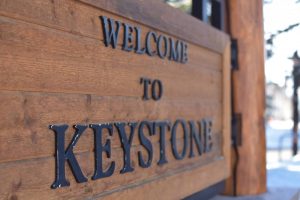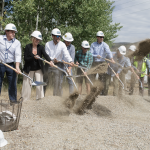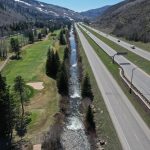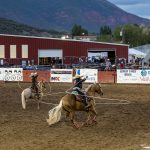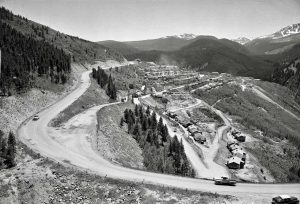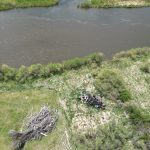Scientists are using lasers to uncover the secrets of Colorado’s snowpack. So what does it mean for your water supply?
The Colorado Sun

Provided by Airborne Snow Observatories Inc.
ASPEN — On a sunny day in mid-April, scientist Jeff Deems strapped on his backcountry skis, tromped out to a snow-covered field and began digging.
“I was expecting there to be a little more than 70 centimeters here,” he said, standing in the middle of a snow pit that looked vaguely like a shallow grave. Somewhere overhead, out of sight, his team was in an airplane over the Roaring Fork Valley mapping its snowpack from above.
Each year, Deems and his partners at Airborne Snow Observatories Inc. use lasers, planes and their own two feet to calculate how much water is in the mountain snowpack, where most of the state’s water supply is stored before it melts each spring. Their monitoring technique, developed at NASA, offers better accuracy than other tools and can gather snow data where other monitoring programs are blind.
That’s particularly helpful now when two decades of drought have tightened water supplies in the Colorado River Basin.
“It used to be, we could accept a 15-, 20-, 30% error on runoff forecasts,” said Deems, co-founder of Airborne Snow Observatories. “Because supplies are getting more limited, or at the very least more variable, and because demands are greater than when the forecasting systems were built, then that error becomes more critical.”

Support Local Journalism
In Colorado, 83% of the state’s water supply comes from surface water fed by winter snowpack and spring runoff, according to the state’s 2023 water plan. Colorado’s snowmelt also flows downstream to millions of other users in the Colorado River Basin, which spans seven Western states, 30 Native American tribal lands and two states in Mexico.
Read more via The Colorado Sun.

